Con el lema “No podemos dejar de respirar, pero podemos hacer algo acerca de la calidad de nuestro aire”, la ONU llama a reducir la contaminación del aire que producimos y frustrar su contribución al calentamiento global y sus efectos en la salud. Pero antes, es necesario saber qué la causa.
According to the UN, air pollution comes from five main human sources, including household, industry, transport, agriculture, and waste. These sources spew out a range of substances like carbon monoxide, carbon dioxide, nitrogen dioxide, nitrogen oxide, which are harmful to human health. However, as we shall see throughout this post, there are certain solutions to prevent, control and reduce air pollution being aware of what causes it.
But, before getting to the heart of the matter, the UN reminds us that not all air pollution comes from human activity: natural processes such as volcanic eruptions, and sand and dust storms also cause problems.
Air pollution sources
Indoor burning of fossil fuels, wood and other biomass-based fuels to cook, heat and light homes, is the main source of household air pollution causing around 3.8 million premature deaths each year, the vast majority of them in the developing world, as reported by the UN. In order to reduce the risks of illness and save lives, it claims to adopt cleaner, more modern stoves, and fuels.
Energy production is also a leading source of air pollution in many countries, being coal-burning power plants its major contributor. “Diesel generators are a growing concern in off-grid areas, and industrial processes and solvent use, in the chemical and mining industries, also pollute the air,” warns the organisation. Thus, “investing in renewable energy production, cleaner production, energy efficiency, and pollution control can lead to improved air quality,” as highlighted by the UN.
Reducing emissions from vehicles is also a key intervention to improve air quality, especially in urban areas, considering that global transport sector accounts for almost one-quarter of energy-related carbon dioxide emissions and this proportion is rising, according to the organisation. In this regard, “policies and standards that require the use of cleaner fuels and advanced vehicle emissions standards can reduce vehicle emissions by 90 percent or more,” as stated by the UN.
As reported by the UN, moving to a plant-based diet and/or reduce food waste, and reducing methane from livestock by optimizing feed digestibility and improving grazing and grassland management, can also reduce air pollution. Livestock is a major source of air pollution from agriculture producing ammonia and methane, a more potent global warming gas than carbon dioxide that contributes to ground-level ozone causing asthma and other respiratory illnesses. The burning of agricultural waste is also a major source of air pollution from agriculture.
In the case of waste, the UN remarks that open waste burning and organic waste in landfills release harmful dioxins, furans, methane, and black carbon into the atmosphere: “Globally, an estimated 40 percent of waste is openly burned.” To address this problem, which is most severe in urbanizing regions and developing countries, the UN claims to improving the collection, separation, and disposal of solid waste to reduce the amount of waste that is burned or landfilled; and separate organic waste and turn it into compost or bioenergy to improve soil fertility and provide an alternative energy source. Furthermore, the UN calls to a reduction of the estimated one-third of all food that is lost or wasted to also improve air quality.
Due to the urgency of the matter and to foster global action, the World Environment Day 2019 theme has shifted to a focus on air pollution. The United Nations day for encouraging worldwide awareness and action to protect our environment will urge governments, industry, communities, and individuals to improve air quality in cities and regions across the world by putting in place solutions across a wide range of sectors.
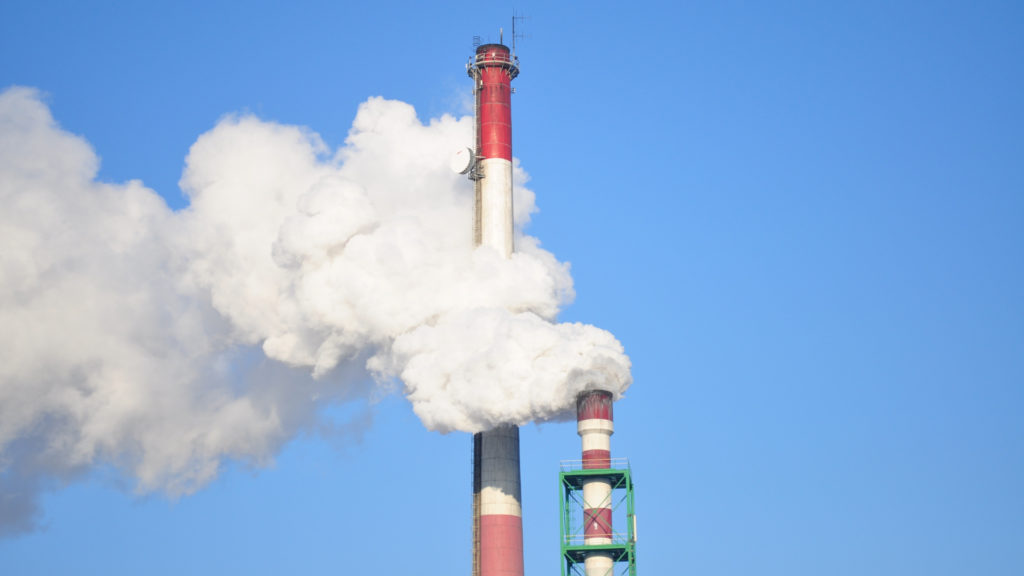
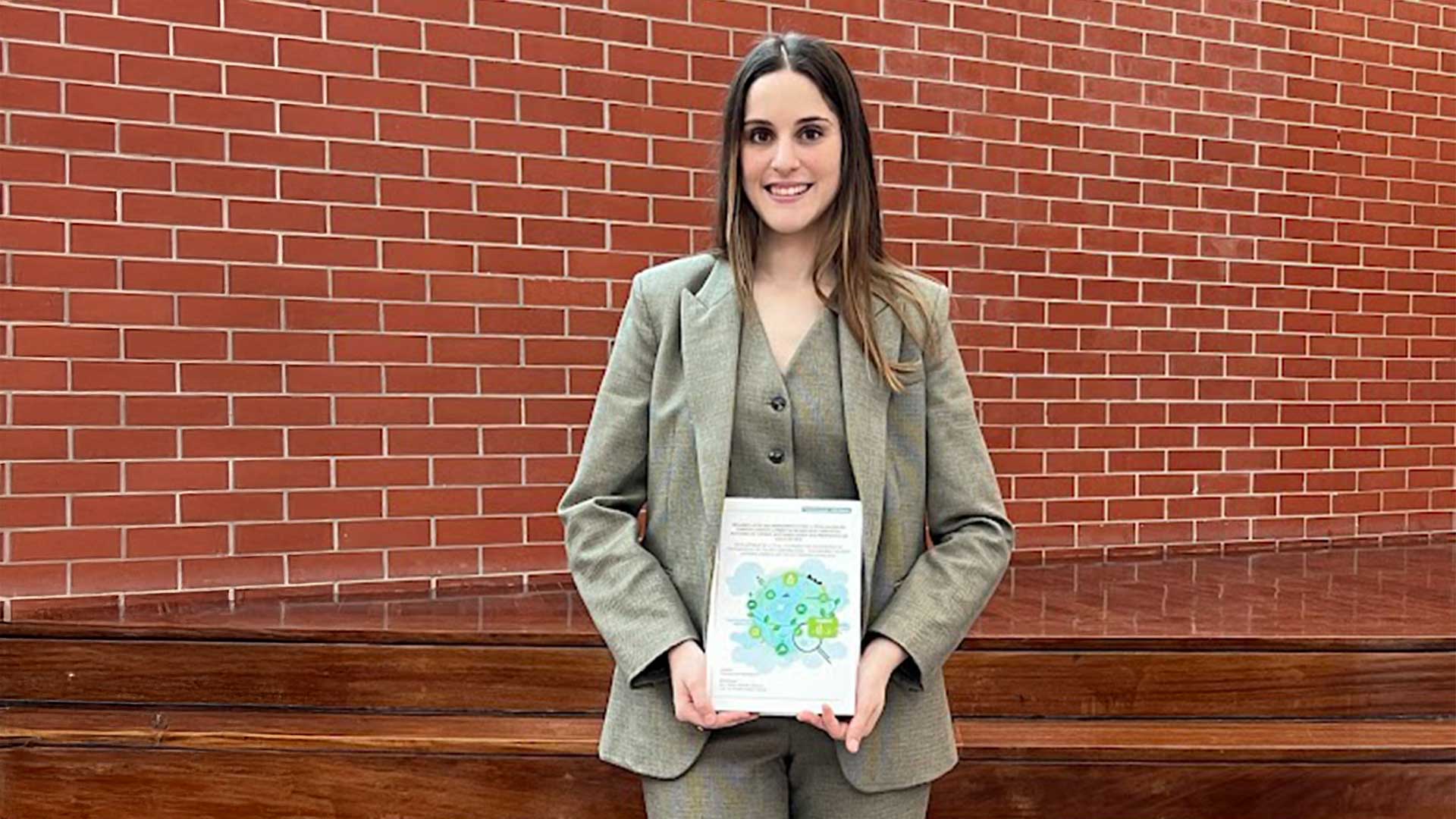
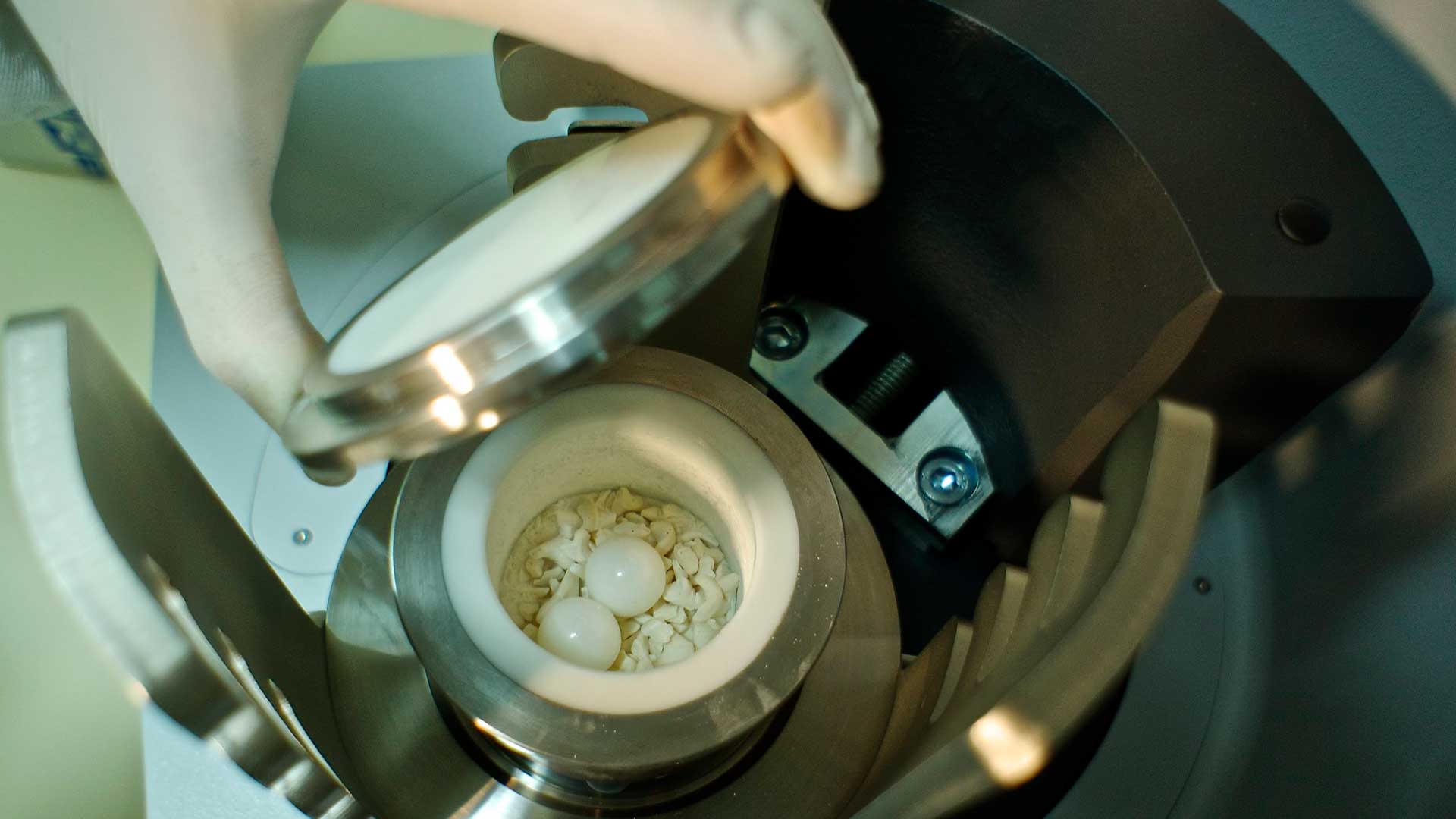
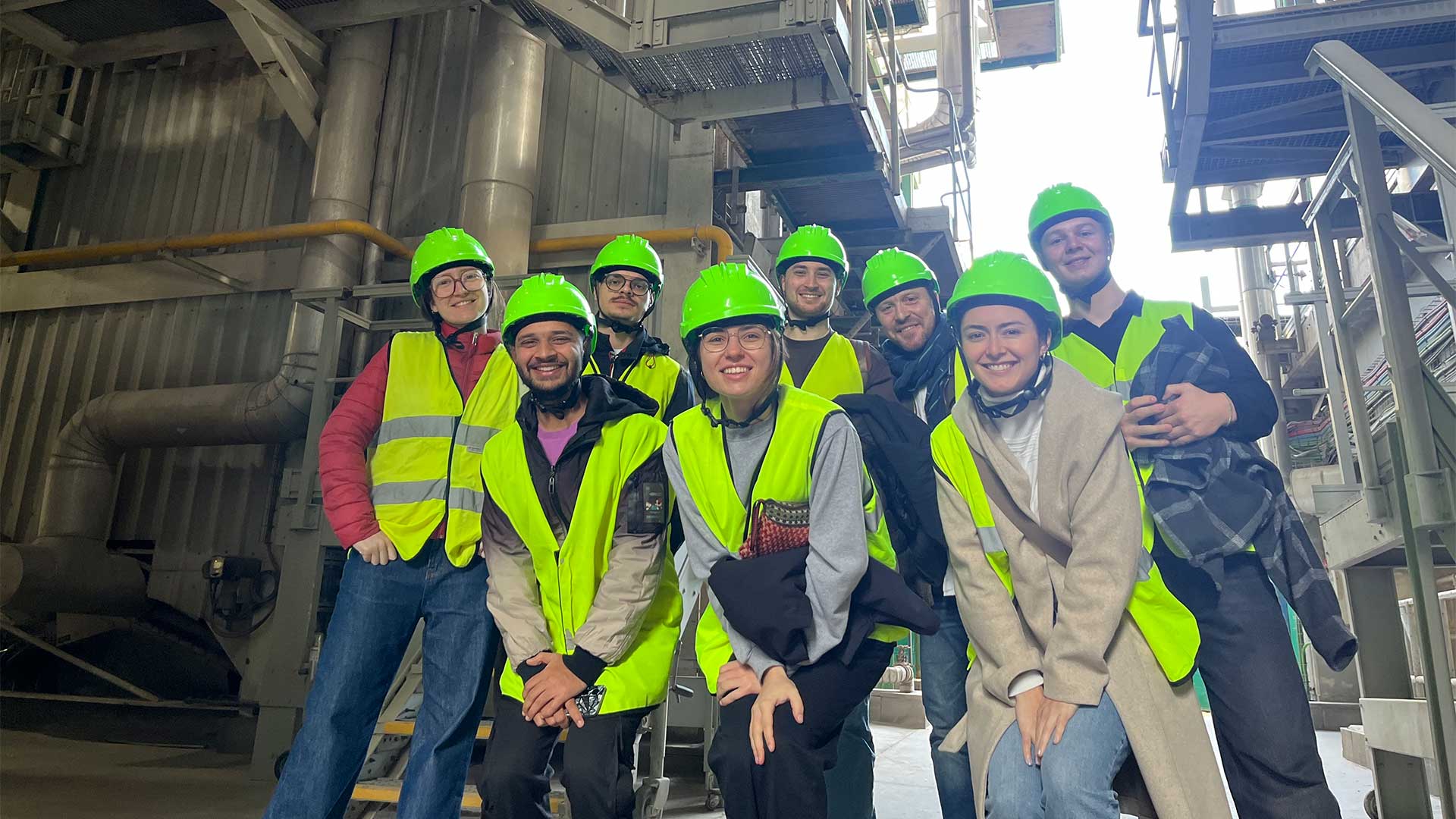
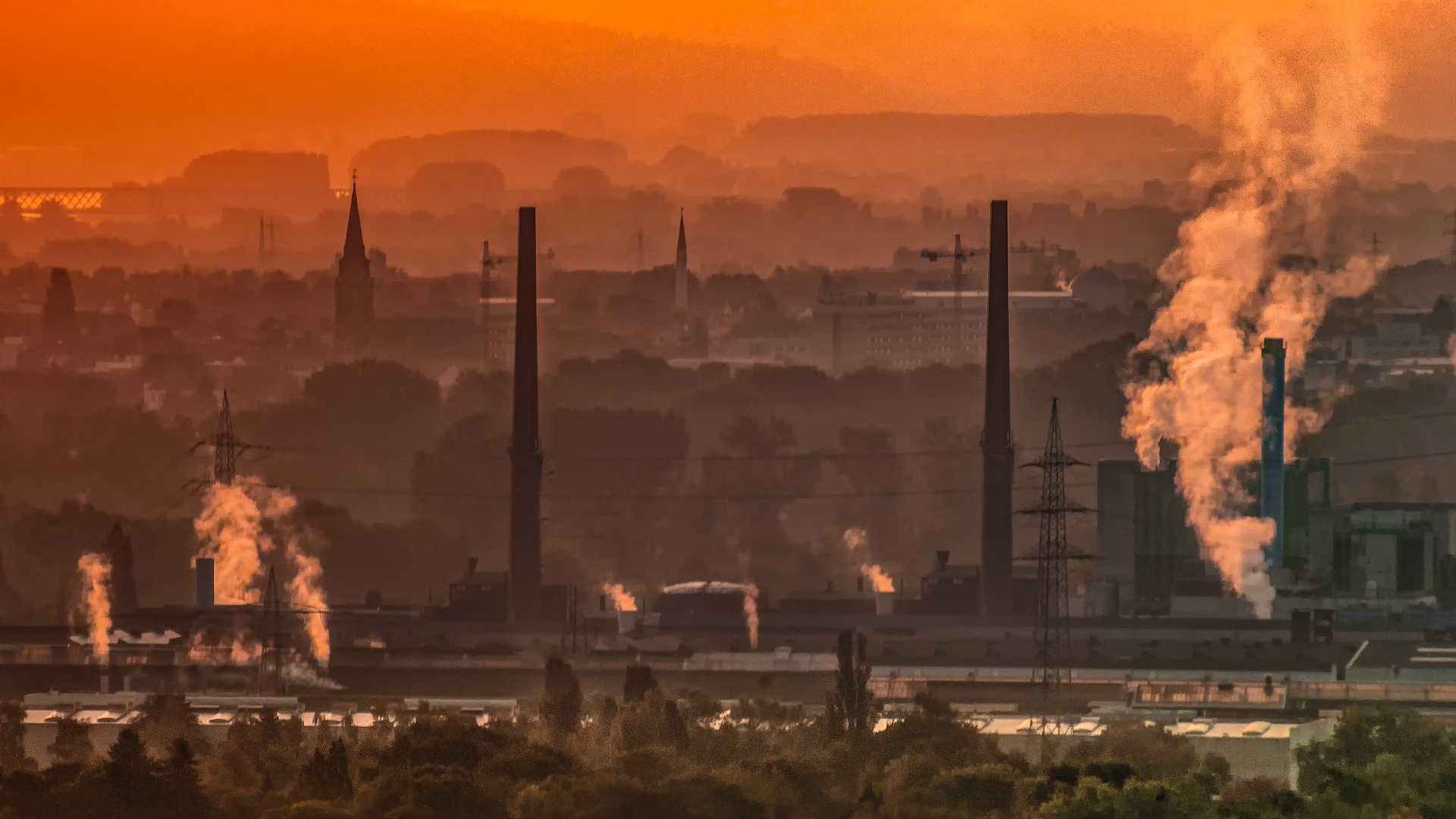
Leave a message